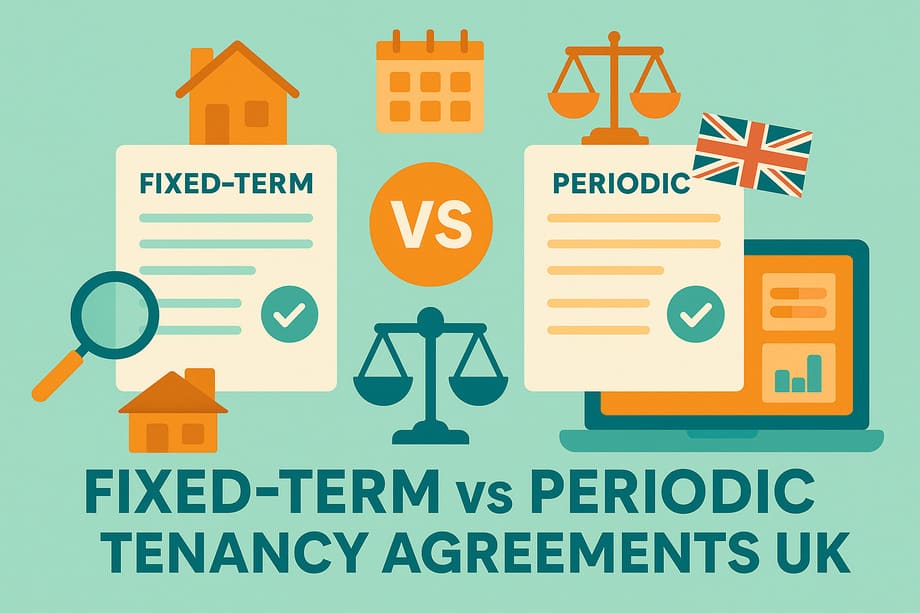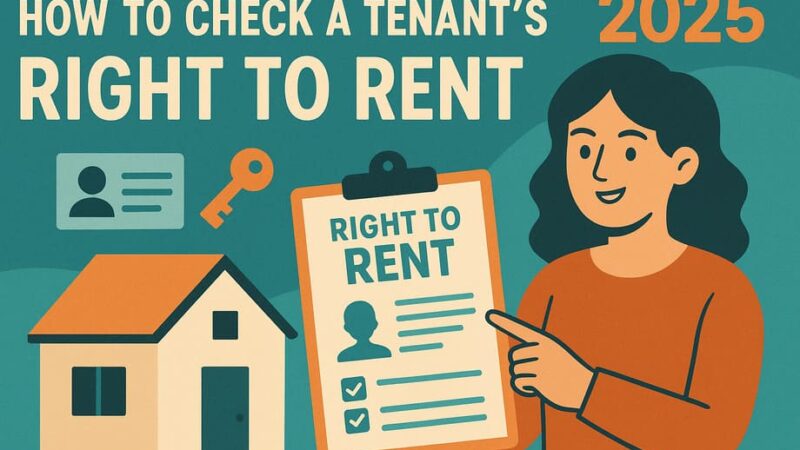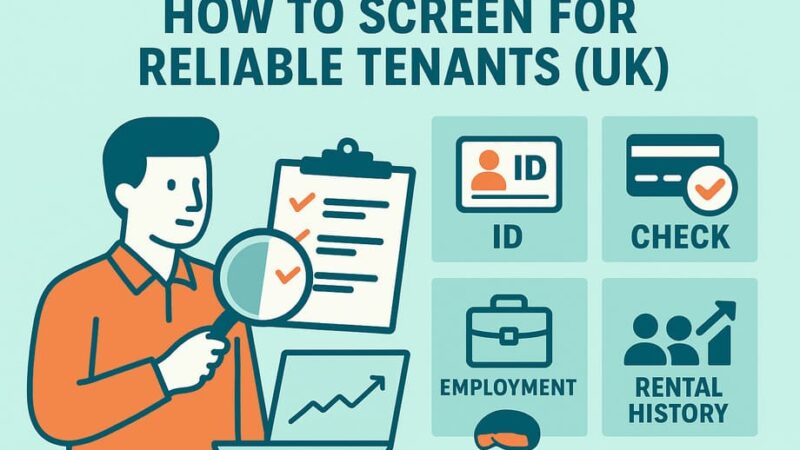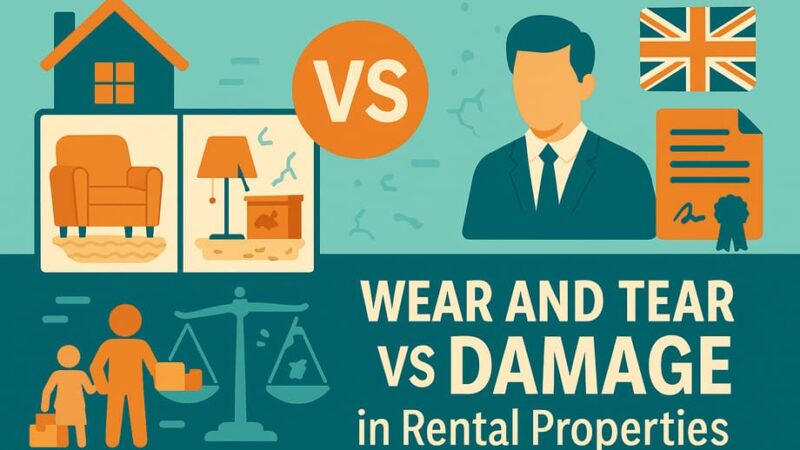Fixed-Term vs Periodic Tenancy Agreements UK

Choosing between a fixed-term and periodic tenancy can make or break your rental investment. With the Renters’ Rights Bill set to abolish fixed-term tenancies by 2026, understanding both options is crucial for landlords making decisions today.
What is a Fixed-Term Tenancy?
A fixed-term tenancy runs for a set period with a clear start and end date. Most last 6-12 months, though they can be longer or shorter.
Key features:
- Definite end date (e.g., 6 months, 12 months)
- Usually Assured Shorthold Tenancies (ASTs)
- Both parties bound by the agreement for the full term
- Tenant can’t leave early without penalty (unless break clause exists)
What is a Periodic Tenancy?
A periodic tenancy has no fixed end date and runs on a rolling basis – typically month to month or week to week.
Key features:
- No set end date
- Automatically renews each rent period
- Either party can end with proper notice
- More flexible for both landlords and tenants
Two Types of Periodic Tenancy
Statutory Periodic Tenancy:
- Happens automatically when a fixed-term AST expires
- Tenant stays and landlord accepts rent
- Creates a completely new tenancy under Section 5 Housing Act 1988
Contractual Periodic Tenancy:
- Agreed in the original tenancy contract
- Specified what happens after the fixed term ends
- Often better for landlords as terms are clearer
Fixed-Term Tenancy: Pros and Cons
Advantages for Landlords
- Guaranteed rental income for the agreed period
- Reduced tenant turnover and void periods
- Easier financial planning and budgeting
- Legal certainty – clear rights and obligations
- Tenant stability – can’t leave without penalty
Disadvantages for Landlords
- Limited rent increase options during the term
- Difficult to remove problem tenants early
- Less flexibility if circumstances change
- Potential void periods if tenant doesn’t renew
- Can’t use Section 21 during fixed term (without break clause)
Rent Increases During Fixed Terms
You can only increase rent during a fixed term if:
- There’s a rent review clause in the agreement
- The tenant agrees to the increase
- Otherwise, you must wait until the term ends
Evicting Tenants During Fixed Terms
During a fixed-term tenancy, you can only evict using:
- Section 8 notice for fault-based reasons (rent arrears, breach of contract)
- Break clause if included in the original agreement (rare)
Most landlords avoid break clauses as they allow tenants to leave early too.
Periodic Tenancy: Pros and Cons
Advantages for Landlords
- More flexibility to end the tenancy
- Can increase rent annually with Section 13 notice
- Can use Section 21 and Section 8 notices
- Easier to remove problem tenants
- No renewal paperwork needed
Disadvantages for Landlords
- Less rental income security – tenants can leave anytime
- Potential for more void periods
- Reduced bargaining power with tenants
- Income uncertainty makes financial planning harder
- More tenant turnover costs
Notice Periods for Periodic Tenancies
Tenants must give:
- At least 1 month’s notice for monthly tenancies
- At least 1 week’s notice for weekly tenancies
- Notice must end on the last day of a rental period
Landlords must give:
- 2 months’ notice with Section 21
- Various notice periods with Section 8 (depending on grounds)
What Happens When a Fixed Term Ends?
When your fixed-term tenancy expires, you have 3 options:
1. End the Tenancy
- Serve appropriate notice to regain possession
- Find new tenants
- Opportunity to increase rent to market rates
2. Renew with a New Fixed Term
- Sign a new 6-12 month agreement
- Chance to update terms and increase rent
- Provides continued security for both parties
3. Let it Become Periodic
- Happens automatically if tenant stays and pays rent
- No paperwork needed
- Continues on same terms as original agreement
The Renters’ Rights Bill: Game Changer
Major changes coming in 2026:
- All new tenancies will be periodic from day one
- No more fixed-term tenancies allowed
- Existing fixed terms will convert to periodic
- Section 21 “no-fault” evictions abolished
- Only Section 8 grounds for possession allowed
This means landlords need to prepare for a periodic-only future.
Which Should You Choose Right Now?
Choose Fixed-Term If:
- You want guaranteed income for a set period
- You prefer less tenant turnover
- Your tenants want security and stability
- You’re new to landlording and want predictability
Choose Periodic If:
- You want flexibility to increase rent or regain possession
- You’re dealing with uncertain or problem tenants
- You prefer less paperwork and admin
- You want to prepare for the post-2026 landscape
Rent Increases: The Rules
Fixed-Term Tenancies
- Need rent review clause or tenant agreement
- Usually 1-3 months’ notice required
- Can’t increase without proper clause
Periodic Tenancies
- Use Section 13 notice once per year
- Minimum 1 month’s notice for monthly tenancies
- Must follow prescribed format
Council Tax Implications
Important difference between tenancy types:
Statutory Periodic: Tenant only liable for council tax until they move out
Contractual Periodic: Tenant liable until end of notice period, even if they leave early
This can affect your bottom line if tenants leave mid-notice period.
Deposit Protection Rules
Good news: When a fixed term becomes periodic, your deposit protection continues automatically. You don’t need to:
- Re-protect the deposit
- Serve prescribed information again
- Unless you change schemes or increase the deposit
Templates and Documentation
Proper tenancy agreements are essential regardless of which type you choose. Our free template can be customised for both fixed-term and periodic tenancies, ensuring you’re legally compliant and protected.
Key clauses to include:
- Clear rent review procedures
- Maintenance responsibilities
- Notice periods and procedures
- What happens at the end of the term
Common Landlord Mistakes
With Fixed Terms:
- Not including rent review clauses
- Adding break clauses unnecessarily
- Assuming they can evict easily during the term
With Periodic Tenancies:
- Not understanding notice period requirements
- Failing to serve proper Section 13 notices for rent increases
- Confusing statutory and contractual periodic rules
Student Properties: Special Considerations
The Renters’ Rights Bill poses particular challenges for student landlords who rely on fixed terms aligned with academic years. Consider:
- How to manage seasonal demand with periodic tenancies
- Alternative approaches to secure student tenants
- Potential use of permitted additional payments
Preparing for 2026 Changes
Start planning now:
- Understand how periodic tenancies work
- Review your current agreements
- Consider which tenants you want to keep long-term
- Prepare for Section 8-only evictions
- Build stronger tenant relationships
Professional Help and Management
Many landlords benefit from professional property management, especially with periodic tenancies requiring more active management. Consider professional help if you:
- Manage multiple properties
- Don’t have time for hands-on management
- Want expertise in changing regulations
- Need help with legal compliance
Key Takeaways
Fixed-term tenancies offer:
- Security and predictable income
- Less tenant turnover
- But limited flexibility during the term
Periodic tenancies provide:
- Flexibility for rent increases and possession
- But less income security and potential for more voids
The future is periodic-only – start preparing now for the changes ahead.
Remember: Regardless of tenancy type, maintain good tenant relationships, keep proper documentation, and stay compliant with all legal requirements. The best tenancy structure is the one that works for your specific situation and property portfolio.
With major changes coming, understanding both options helps you make informed decisions for your remaining fixed-term opportunities while preparing for the periodic-only future.
Last Updated on September 16, 2025 by James Cartwright







